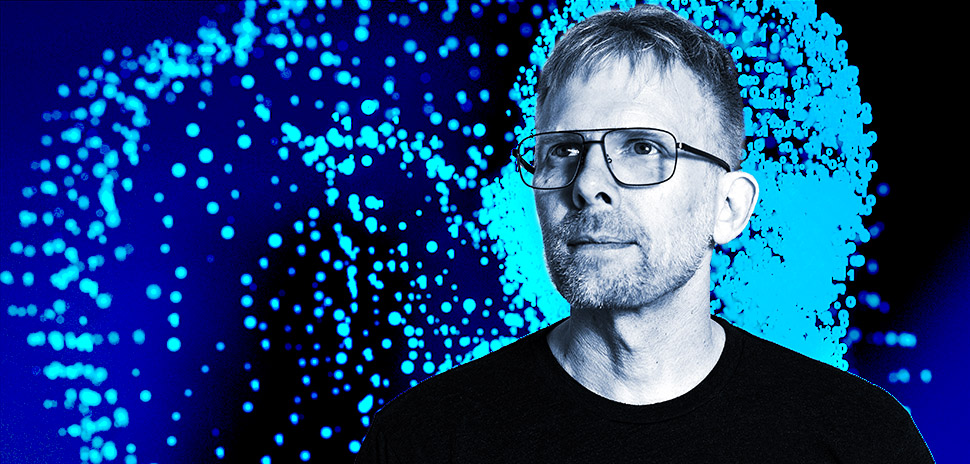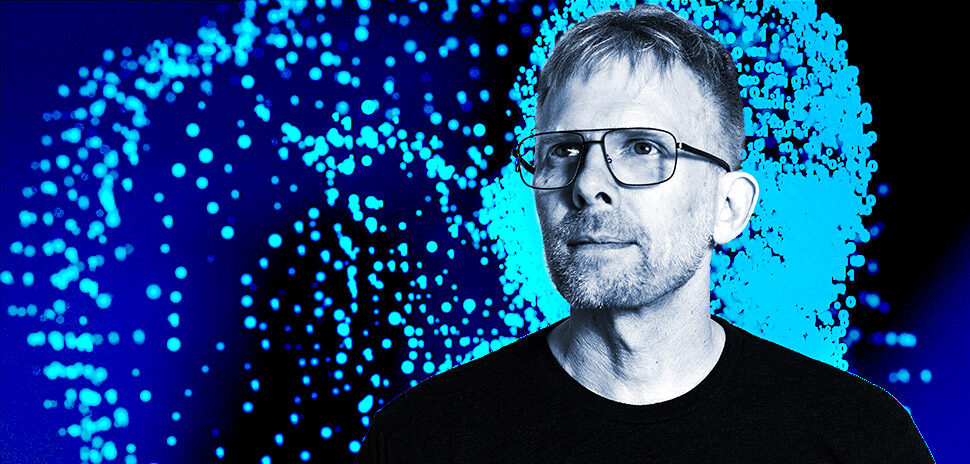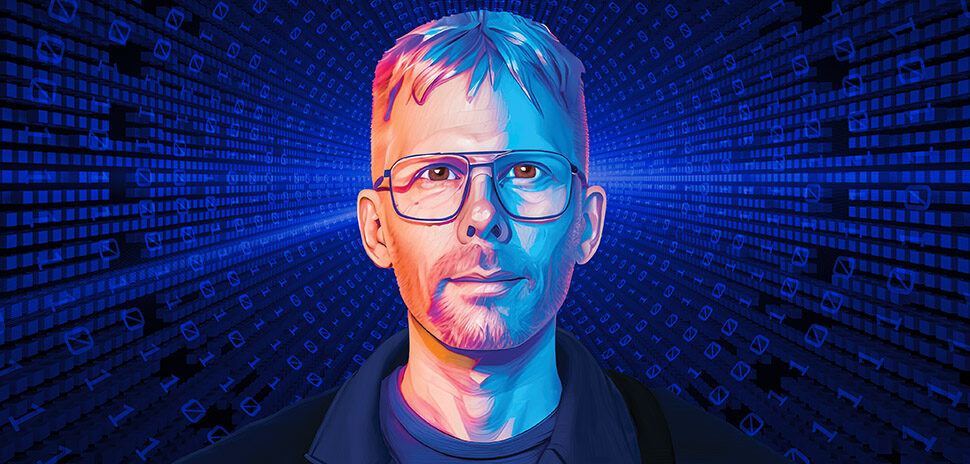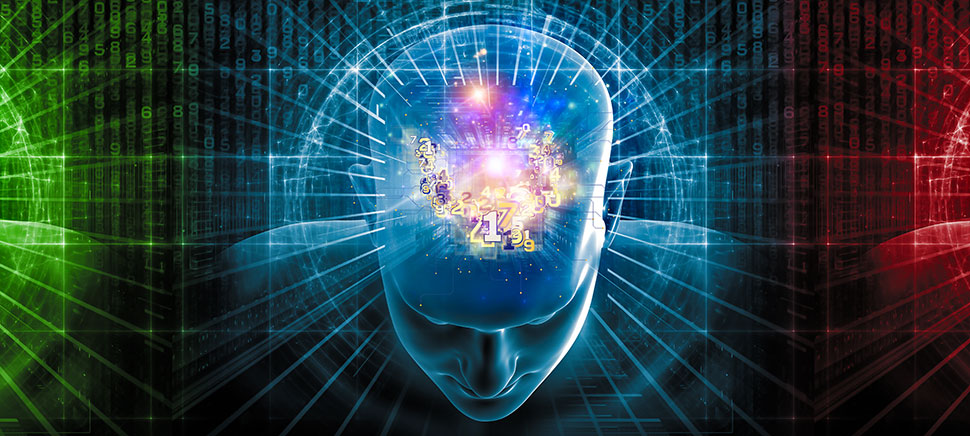Electricity lit our world, the internet connected it, and now AI is set to transform it. While the technology has been around for decades, it’s reached an inflection point, kindling excitement and urgency as it dominates headlines.
“Until now, AI was something that happened behind the scenes for most people,” said Bryan Chambers, president and co-founder of Capital Factory. “New generative applications like ChatGPT showed users worldwide what’s possible.”
But there’s more to the conversation.
Enter the “Future of AI” summit on September 5, hosted by the Capital Factory Texas Fund at the George W. Bush Presidential Library. Business leaders, entrepreneurs, researchers, and innovators will gather to grasp AI’s potential and drive innovation.

Bryan Chambers
“With AI and AGI becoming more prominent in today’s tech landscape—and growing faster than ever—hosting this event is crucial to address the growing interest and urgency surrounding these transformative technologies,” Chambers said.
The half-day event will feature a rare fireside chat with tech legend John Carmack. The pioneering programmer, rocket engineer, and VR visionary is now pursuing his most ambitious goal—developing artificial general intelligence through his Dallas-based firm Keen Technologies.
“Few people are qualified and capable of pursuing AGI,” says Chambers. “It’s one of the biggest computer science challenges ever contemplated, and John is working on it here in Dallas.”
Carmack’s status as a tech icon was recently underscored by a shout-out in the film “Blackberry,” when the struggling company’s need for coding salvation led to a call to action: “Let’s get Carmack!” (For the record, he never worked for Blackberry.)
At Future of AI, Carmack will sit down for a conversation on artificial general intelligence and its impact with AI expert Dave Copps. Copps, the CEO and co-founder of Worlds, a Dallas-based spatial artificial intelligence company, is reinventing decision-making through real-time AI models of operations and environments.
The two boundary-pushing tech pioneers will provide insights into our AI future, says Chambers. The conversation promises perspective on the path to artificial general intelligence, something Copps says will change the rules for “everything” if it’s achieved. Carmack’s ambition is to crack the AGI code by 2030. “We’re seeing glimpses of AGI,” which would be capable of performing a variety of tasks much like a human, says Copps. “But it’s not AGI yet.”
The event will also showcase AI startups identified by Capital Factory’s Texas Fund across sectors like robotics, healthcare, and entertainment. Attendees will hear rapid-fire presentations from early-stage ventures, including Apptronik, Form Bio, and Hidden Layer, and gain key takeaways for acting on AI’s potential.
Capital Factory aims to make the summit a defining moment in Dallas. Bringing together AI pioneers like Carmack and emerging innovators, they’re setting the stage for leaders to delve deeper into AI’s present and future opportunities in the region and beyond.
“We want business leaders to remember this as an event that inspired them to drive innovation in their industries,” Chambers said. “But perhaps the biggest impact will come from new connections between founders, investors, and corporate executives.”
Advance insights: AI’s recent explosion
Ahead of the Future of AI event, we talked with Worlds Co-Founder and CEO Copps to glean insights into the motivations behind the summit and what business leaders need to know.
Copps, a serial entrepreneur with three successful tech exits, has earned a reputation as a futurist with speaking engagements worldwide. We talked with Copps about AI’s exponential growth, the implications of large language models, the timeline to artificial general intelligence (AGI), and more.
READ NEXT: How Dallas-Fort Worth Has Become a Hotbed of Artificial Intelligence Technology
“More has happened in the last 18 months than the last 10 years,” Copps said. “It’s the perfect time for this conversation.”
Copps credits the acceleration to a convergence of increased computational power, data availability, and groundbreaking algorithms. But the result is that deploying AI has become dramatically more accessible for businesses.
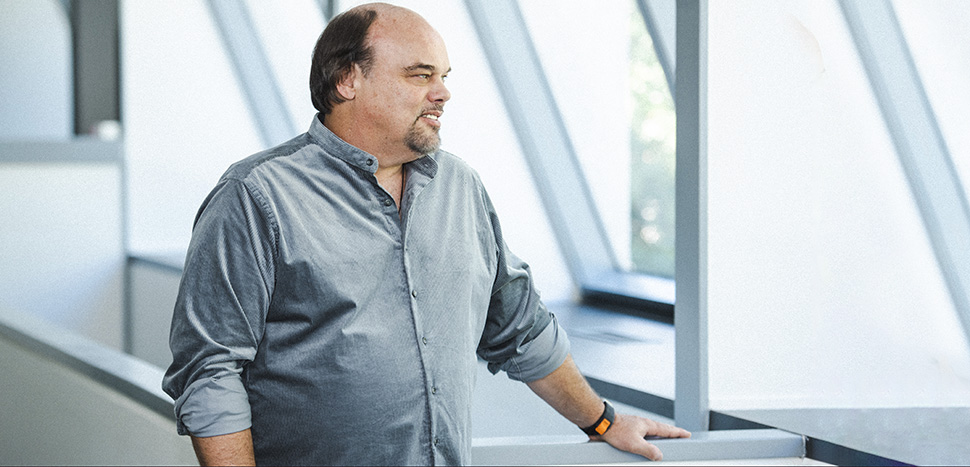
Dave Copps, Co-Founder and CEO, Worlds Inc. [Photo: Michael Samples]
“AI is not as hard as it used to be, and it’s just an incredible time right now,” Copps said. “Transformers AIs have really changed the game with large language models. They are the new platforms.”
Large language models and transformers—computer programs that help LLMs understand the meaning of words and phrases in context—are propelling many of AI’s latest breakthroughs. Transformer architectures offer a platform to build on, he says.
LLMs are a subset of generative AI, but specifically in the domain of natural language processing. LLMs, like OpenAI’s GPT (Generative Pre-trained Transformer) series, are a type of neural network that has been trained on vast amounts of text data to predict the next word in a sequence.
Generative AI—the broader category—is about creating new data or content based on existing patterns. It doesn’t have to be just text; it can also be images, music, and more.
It’s an AI convergence—and ‘a perfect storm’
While subsets of AI like large language models, computer vision, and robotic process automation have made huge strides, Copps believes the convergence of these technologies is significant.
“It’s not just ChatGPT and transformers,” he said. “We’re seeing radical increases in compute power paired with data, so there’s a perfect storm happening right now.”
We not only have the data, but the software and hardware to power it, he says.
The convergence is likely the true catalyst for the current transformative moment. Grasping the possibilities of exponential growth is tough for people, he says.
“We really struggle with that,” Copps said. “Take the idea of doubling—if you could fold, double, a piece of paper ten times, it’s about a foot thick. Fold it 50 times, and it would reach the sun. That’s the power of exponentials.”
In terms of our current computational ability, he says, “we’re in the 34th fold of compute power now. Every 18 months, we’re exponentially more capable than before.”
We have models that can ingest massive textual datasets, learning associations, and patterns to generate human-like text and dialogue: Copps emphasizes that attention has become a major focus in advancing these systems.
“AI’s learned how to pay attention to the right things, and it’s learning about the dark matter between words and sentences,” he said. The ability to deal with “fuzzy information” is also a gamechanger.
In Copps’ view, models like ChatGPT are essentially “democratizing” access to AI by putting vast information previously siloed into forms accessible to the broader public. That offers opportunities to individuals and companies alike.
“ChatGPT took all those things, 45 terabytes of data, and put it at the fingertips of everybody in the world,” Copps said.
It’s moving us from an era focused on search and information access to one defined by empowering creation and generation. “We’ve all grown up on Google,” he says. “But we’re leaving the era of search.”
“Now what we’re doing is putting creation abilities at the fingertips of everybody,” Copps said. “You can now create with the knowledge of the world at your fingertips.”
The path to artificial general intelligence
The types of AI—narrow AI, which excels at specific tasks, Generative AI, which can create like humans, and AGI, which resembles human versatility—are distinct stages of progress. Copps will take a deep dive on the differences and areas of opportunity in his discussion with Carmack.
Copps explains that for the past several years, most AI has been “narrow AI”— systems that are specialized to do one task very well, like drive cars or analyze medical images.
In contrast, a true AGI (artificial general intelligence) would be capable of performing a wide variety of intellectual and creative tasks, like a human. AGI would also be able to generalize across domains, rather than being restricted to a narrow specialty.
Current systems are still far from achieving true AGI, he said. ChatGPT and its ilk have more general knowledge than previous “narrow AIs” that had to be specifically trained on curated datasets. With its training, it has a more generalized intelligence from that broad information—it’s still very limited compared to human intelligence.
When asked if AI could incrementally advance to AGI, Copps explains his perspective has shifted: “Knowing what I know now and seeing what I’m seeing now, I think differently.”
The leap from narrow AI to AGI is exponential, he says, but it’s not necessarily connected.
“There’s no evolutionary approach to get to AGI. You can’t get there as an evolution. We’re talking about a radical departure from what we have today,” Copps said.
Copps is optimistic that pioneers like Carmack can drive progress in AGI.
“It takes minds like his to do it. I don’t think anyone knows how to do it,” he said. “But that’s part of the joy of figuring it out.”
Carmack told Dallas Innovates in November that AGI is the most important and challenging problem in computer science, and that he has a good chance of making significant progress by 2030. He estimates a 60% probability of achieving initial success in AGI by then.
Copps agrees on that timeline. “I think 2030 is fair,” he says.
Copps wants to explore how “the accelerating velocity of progress” relates to estimated timelines and what might happen next. As he explains, “The distance from today to AGI is millions of times longer than from AGI to superintelligence.”
So hypothetically, “Once we reach AGI, superintelligence could follow in a matter of months or years, because it will accelerate exponentially” Copps said.
‘We’ll be more productive’
Shifting the discussion to AI’s impact, Copps thinks “virtually every job” will integrate AI-powered augmentation in the next 3 to 5 years as the technology’s capabilities grow.
Some of the most profound AI transformations, he says, will happen in education, reconfiguring both how students learn and teachers teach.
Overall, Copps foresees significant changes to work norms and structures. “The idea of a job will change. This idea of working 40 hours a week and 8 hours a day, that’s all going to go away,” he said. “We’ll be more productive.”
Every job will be enhanced by AI,” he projects. But the shift will require adaptation. “We’ll all be challenged with augmenting what we do with AI,” he says. “You won’t be doing rote tasks. It should lift you up as an employee now to work on more strategic things to creative value,” Copps said.
‘The best AI disappears’
The most advanced AI will be seamlessly integrated into daily life. “The best AI disappears, you don’t see it,” Copps explains. “Things just work better, there’s no interface or buttons to push.”
The most sophisticated AI will operate in the background to silently optimize environments and experiences, he says. Its presence will be felt through enhanced efficiency, convenience, and capabilities.
In Copps’ view, AI will dissolve into the fabric of society and enhance experiences in invisible ways. “Your car will know the temperature and route to take, your home will automatically adjust—life appears easier,” he says.
Copps acknowledges the need for conversations on “how” things will change and the economics around that. But he believes humanity is adaptable and innovative enough to take these changes in stride. “Humans are incredible at evolving. We’ve always done a really good job of that,” Copps said.
While there is uncertainty around AI’s long-term implications, Copps is optimistic about humanity’s future. He draws on a unique perspective as an anthropologist—the first student to graduate with a degree in Industrial Anthropology from the University of North Texas in Denton.
“I’m not dystopian—at all. I think the high side of what is available outweighs the other things,” he said. “We’re going to eradicate disease and poverty.”
“On the other side of the disruption could be a utopia,” Copps said.
The future is now
“With exponential technologies, we always overestimate things in the short term, but underestimate long-term impact. I think that’s happening now with AI.” Copps said. “It’s significant.”
Copps knows the future impact of AI and AGI is “hard to grasp because so much more will become possible.” While we can’t know the answers to all the questions, “I think it’s okay if we don’t know … we’re basically living in the experiment.”
But, he believes, together we’ll drive what happens.
And like Capital Factory’s Chambers, Copps expects the Future of AI event to galvanize companies to harness AI’s new potential.
Registration is open for the half-day September 5 Future of AI summit at the George W. Bush Presidential Library. Tickets are limited, and a waitlist will be in place.
![]()
Get on the list.
Dallas Innovates, every day.
Sign up to keep your eye on what’s new and next in Dallas-Fort Worth, every day.










